 Chris Baldwin
Chris Baldwin
Feb 2, 2022
 Chris Baldwin
Chris Baldwin
Feb 2, 2022
This year, Ramadan starts on April 1, 2022. In this article, we’ll look at Ramadan during COVID-19. We’ll also examine how consumer behavior changed and what marketers can do to prepare.
According to Google, “Better with Ramadan” search queries in the week before the holy month grew 16% year-on-year. Content consumption and online shopping are also up. Qibla Finder, an app that helps people find the right direction of prayer had 50% increase in downloads. The Qalam app, a tool for create customized Eid greeting cards also increased. And, the world’s largest iftar (break fast) happened online.
Traditionally, in what retailers call the Ramadan Rush, people travel to be with loved ones and go to holy sites. And many will fill cafes and restaurants in the evenings after a day of fasting.
However, Ramadan may look different again this year. According to the National Retail Federation’s CEO, Matt Shay, the Omicron variant could direct more spending toward retail. Shoppers will likely invest in electronics, toys, apparel, and instead of experiences like travel.
Ramadan in the COVID Era
Top 10 Strategies That eCommerce Marketers Must Know for Ramadan Campaigns
Key Takeaways
In 2020, Ramadan went digital as many countries went into lockdown. This year, the threat of new variants may shake things up once again. To help you prepare, we’ve compiled 10 online marketing strategies for Ramadan during COVID-19.
There are two key activities that determine the flow of the day during Ramadan: Iftar and Suhoor. People break fast at Iftar and eat their last meals during Suhoor, a pre-dawn meal. Other than these two key moments, people abstain from eating and drinking water. Accordingly, the hours when they are most active change.
People tend to be most active after iftar and suhoor, after quenching their hunger, thirst, and exhaustion. These new patterns become the norm for the month. People will be unusually active during the early hours of the morning, right after they start their fast. Knowing the changes in these patterns and adapting campaign schedules accordingly is the least marketers could do.
To adapt to these changes in behavior, you can send customers a recurring push notifications. For example, food delivery app or online grocers, can send messages when customers are most active and likely to engage.
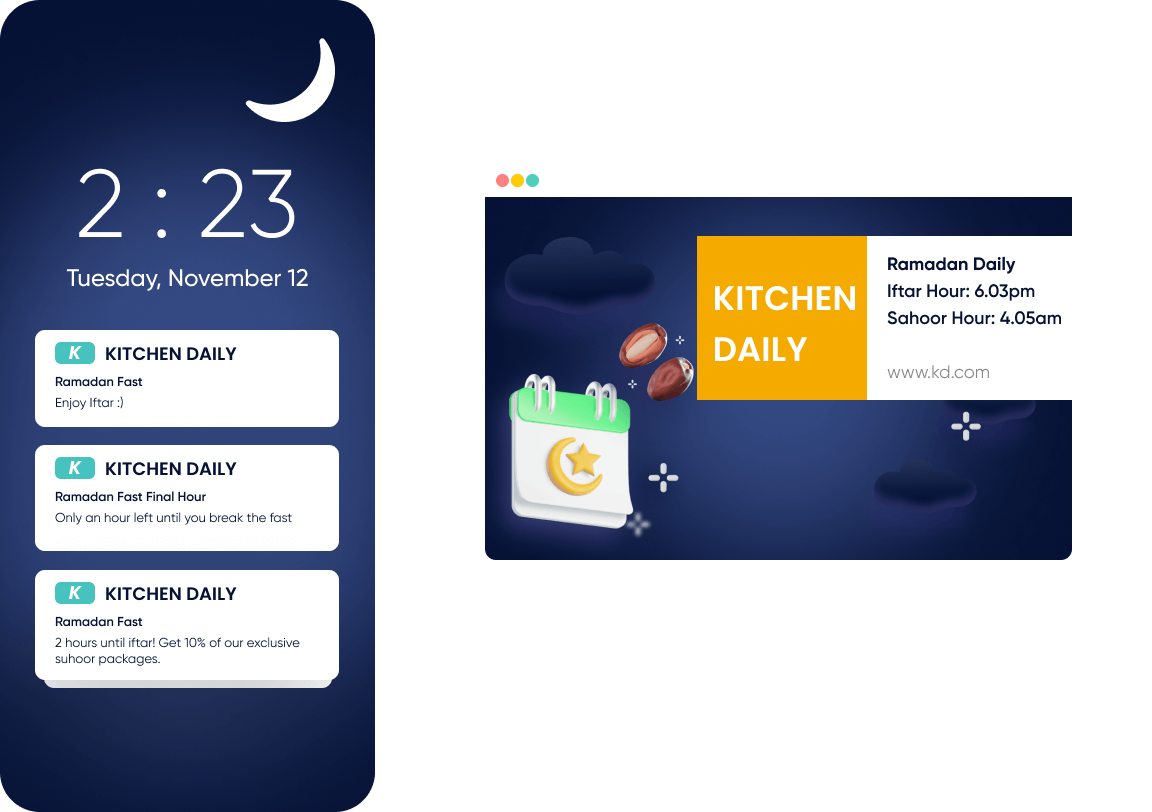
In relation to changing patterns in online activity, there are major windows of opportunity to connect with your customers. Right after people break their fasts (iftar) or begin fasting (suhoor) are ideal times to send customers personalized messages. Because customers will be most active then.
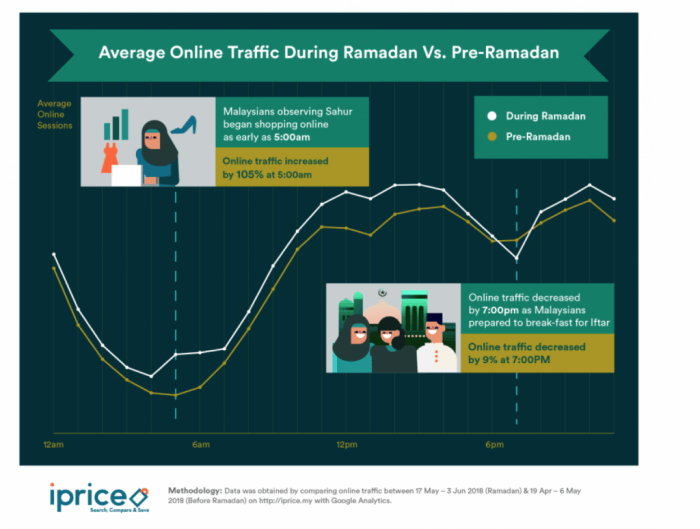
For grocery stores—it’s an opportune time to make your customers feel like you’re there for them. Sending reminders about the start of Suhoor and goodwill messages after Iftar can win customers’ hearts.
Keep in mind that in certain geographies, businesses go into reduced hours during Ramadan. For marketers running ads or special promotions, it’s important to be aware of these reduced hours. Remember to adjust your ad spend around Iftar and Suhoor.
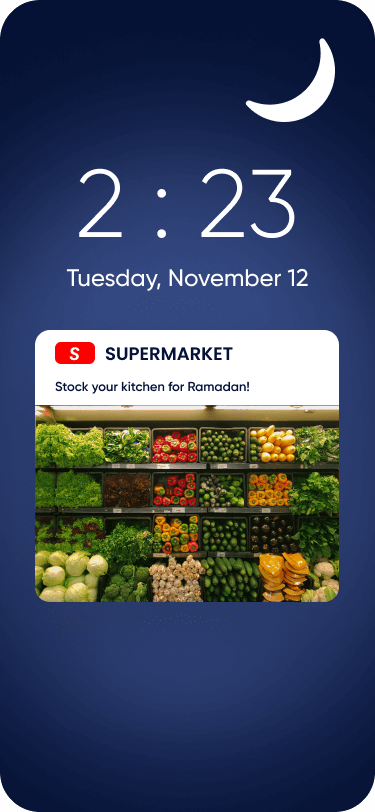
In Ramadan things that are most sought after change significantly compared to the rest of the year. Find out about the best selling products with Insider’s AI-backed technologies. Leverage these top purchases and showcase trending products to guide your customers towards popular products. Discover Insider’s smart recommender. It helps your customers discover products that are in demand by recommending them during their purchase. You can showcase products that are trending or products that are mostly bought together.
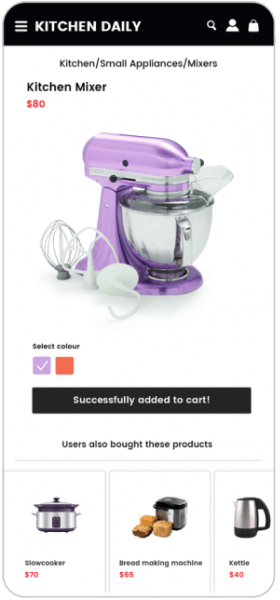
4- Stand Out with Contextual and Gamified Promotions
Towards the end of the month, before entering Eid Al Fitr, it is a good idea to create promotions especially for personal care and fashion products, as the demand for these categories rises. Insider’s gamification products are a great way to differentiate your deals during the high-promotion season while entertaining your customers with fun and engaging widgets. Insider’s partners report that gamified coupon templates increase conversions significantly when compared to conventional discount widgets.
With Insider’s scratch coupon, trigger curiosity and encourage visitors to play to access their discount code.

5- Do Not Underestimate the Power of Bundles
Bundle up popular and traditional Ramadan products to ease stocking up for your customers. Traditional grocery products of Ramadan vary slightly according to regions but most common ones are dates, nuts, olive, calorie-rich and nutritious meals that are ideal for suhoor times. Bundling these products facilitates stocking up or even sending care packages to loved ones improving your Average Order Value (AOV). Find out more on how you can improve your AOV in our eBook here.
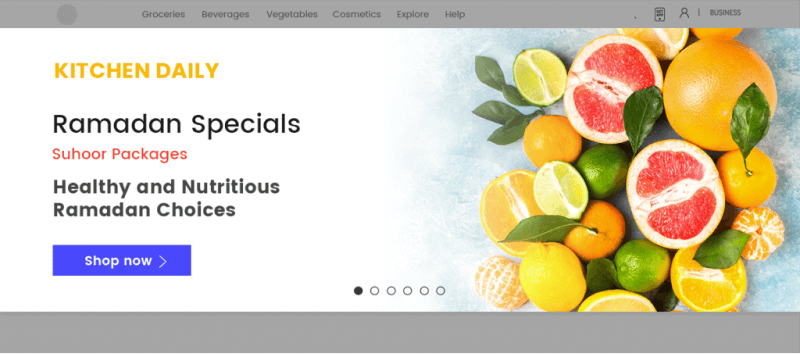
6- Gift Giving: A Compelling Aspect of Ramdan
During Ramadan, it is a common behavior to buy gifts for loved ones, as a celebration and souvenir of this spiritual period. People buy various products from jewelry and electronics to small appliances and textile products. For example, according to a 2020 Google report “online searches for kitchen appliances as gifts see an astonishing 2,782% spike in the MENA region.”
Using product discovery tools like Insider’s Maven, will help your customers find what they are looking for in a faster and more efficient way. Maven helps you ask the right questions to your users with the help of AI-based technologies, and takes them to their desired product faster. It delivers a convenient and personalized experience within minutes. You should leverage the power of gift-giving during this time where people are prone to sharing and gifting.
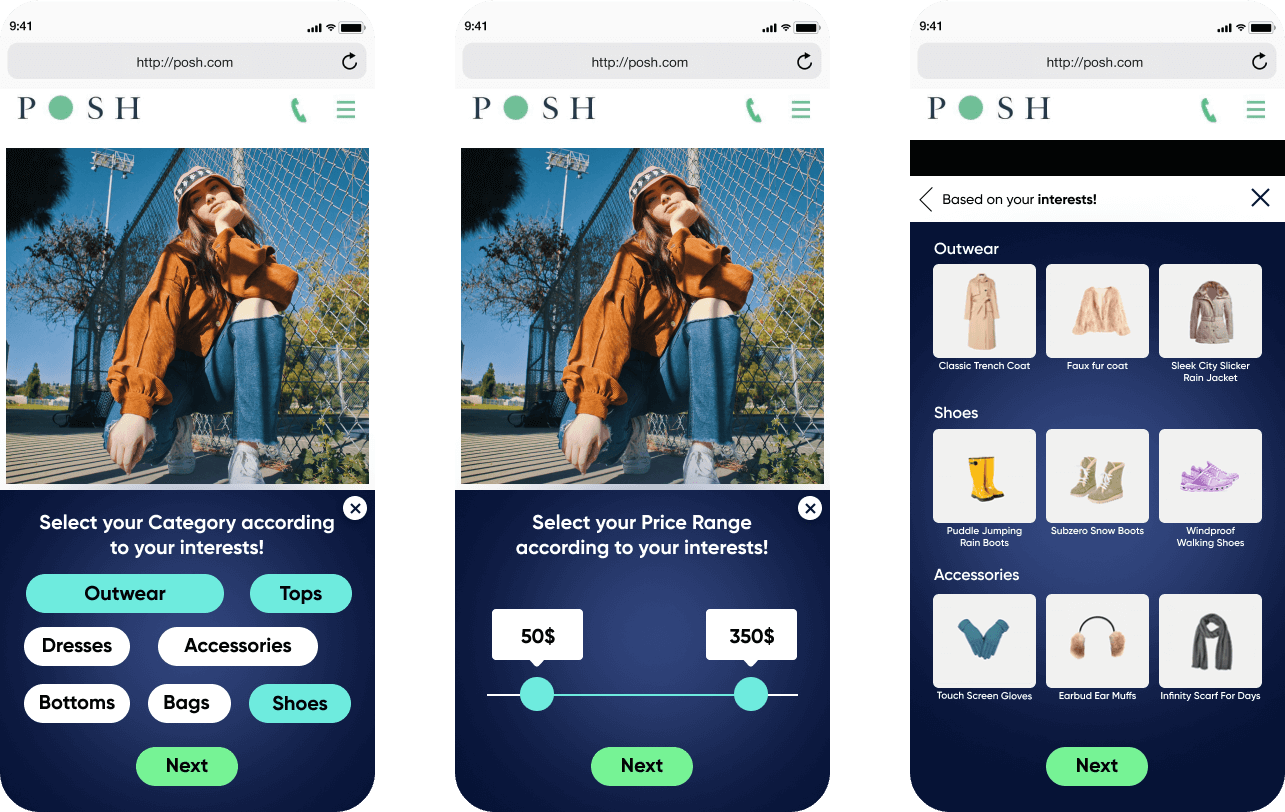
7– Relative and Powerful Content is the Greatest King/Queen
It’s not only activity times that change during Ramadan, but also mindsets and behaviors to a certain extent. Many people see this spiritually powerful period as an opportunity to stop or decrease bad habits. Well-being and health concerns take the front seat such as quitting smoking and weight loss, as eating at later hours and decreased physical activity challenge staying fit. In fact, “How to Lose Weight During Ramadan” has been the top 4 questions searched on Google during the past 3 years.
People also search for cooking videos and look for sumptuous iftar and suhoor recipes to motivate themselves. Brands can connect with their customers on relevant topics such as these.
Encourage your customers to start changing bad behaviors, inspire them to make healthy choices despite the challenges of fasting. Share trendy, practical and healthy recipes, give out promotional booklets including recipes or tips on forgoing bad habits and making healthy choices during suhoor.
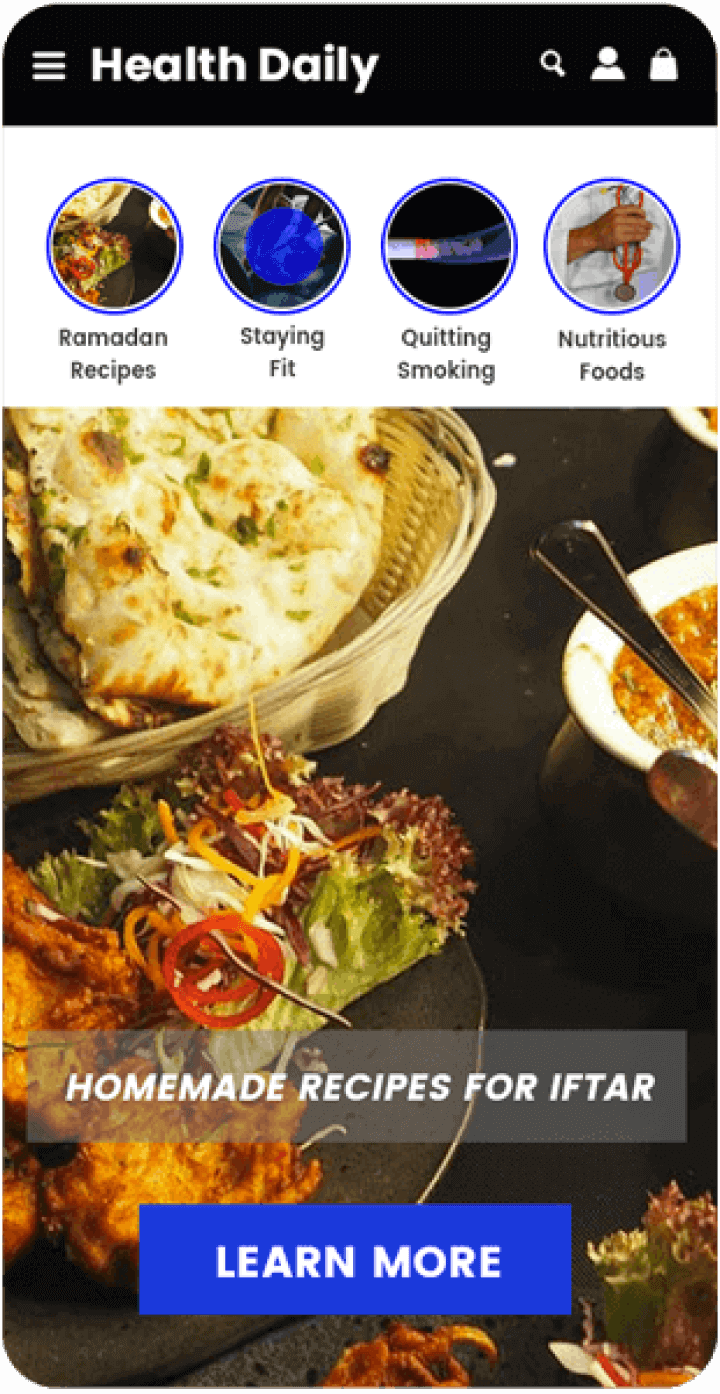

8- It’s a Time of Giving to the Less Fortunate
Acts of charity and helping the less fortunate is one of the pillars of Ramadan. According to the Muslim religion, it is believed that those who give charity and commit acts of kindness receive increased blessings during the spiritual month.
Committing to social responsibility projects can be a meaningful strategy for your brand engagement. You can create campaigns of donating packages to NGOs. Setting up this donation journey in a mindful way can both be very effective in collecting donations and driving conversion on your site. You can design these journeys in such a way that, the moment your customers come to the check-out stage at the shopping cart, you make them pay an extra dollar or add certain products to their basket so you can send Ramadan packages in their stead. This final push would increase the impact of social responsibility. Especially during COVID-19, such donations become even more important and relevant. Your projects can guide your customers to donate easily.
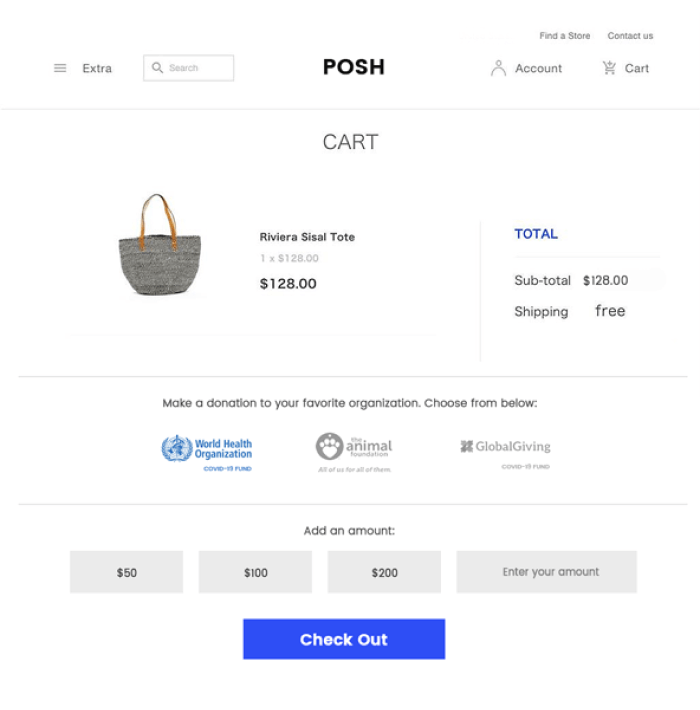
9 – Pay Attention to Cultural Sensitivities in Your Ramadan Campaigns
Worldwide 93% of Muslims take part in the Ramadan fast (according to Pew Research), yet it is celebrated in different parts of the world and cultural nuances in all regions can vary. To avoid being offensive or inappropriate, make sure to have your campaigns reviewed by local experts.
10 – Time to Increase Brand Engagement with Value-Driven Messages for All Industries
No matter your industry, staying still is the worst thing you can do. Ramadan is a high-opportunity time for all businesses. For those industries, who are hit the hardest, make sure you are remembered with a positive message by your users. There’s no limit to creativity, raising people’s spirits during these times. Connect with your users through meaningful and value-driven content and establish a strong brand image.
In this period, you need to connect with your audience across channels. A 2019 Google report shows that growth on social media surges in MENA. The mobile activity becomes #1 with people spending 147 minutes per day on average, chased by 113 minutes of TV per day. So think about creating campaigns for channels where your customers are already active and engaged.
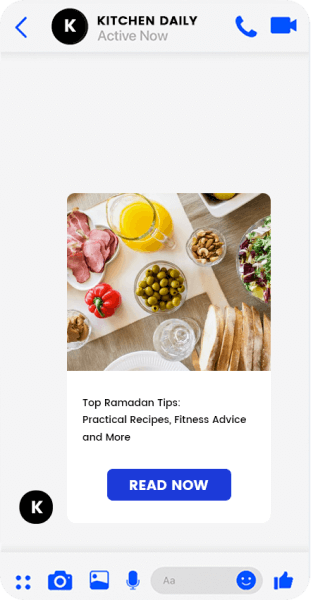
Despite the hardships, Ramadan and other holidays still brighten spirits in times of uncertainty. However, with the rise of the Omicron variant, Ramadan may not look as it did in the past. What matters most is your customers and their evolving realities. Our advice is to stay flexible and adjust your plan along the way.
For more Ramadan during COVID-19 strategies, reach out to a local growth expert.

Written by
Chris Baldwin
Chris is an award-winning marketing leader with more than 12 years experience in the marketing and customer experience space. As VP of Marketing, Brand and Communications, Chris is responsible for Insider's brand strategy, and overseeing the global marketing team. Fun fact: Chris recently attended a clay-making workshop to make his own coffee cup…let's just say that he shouldn't give up the day job just yet.